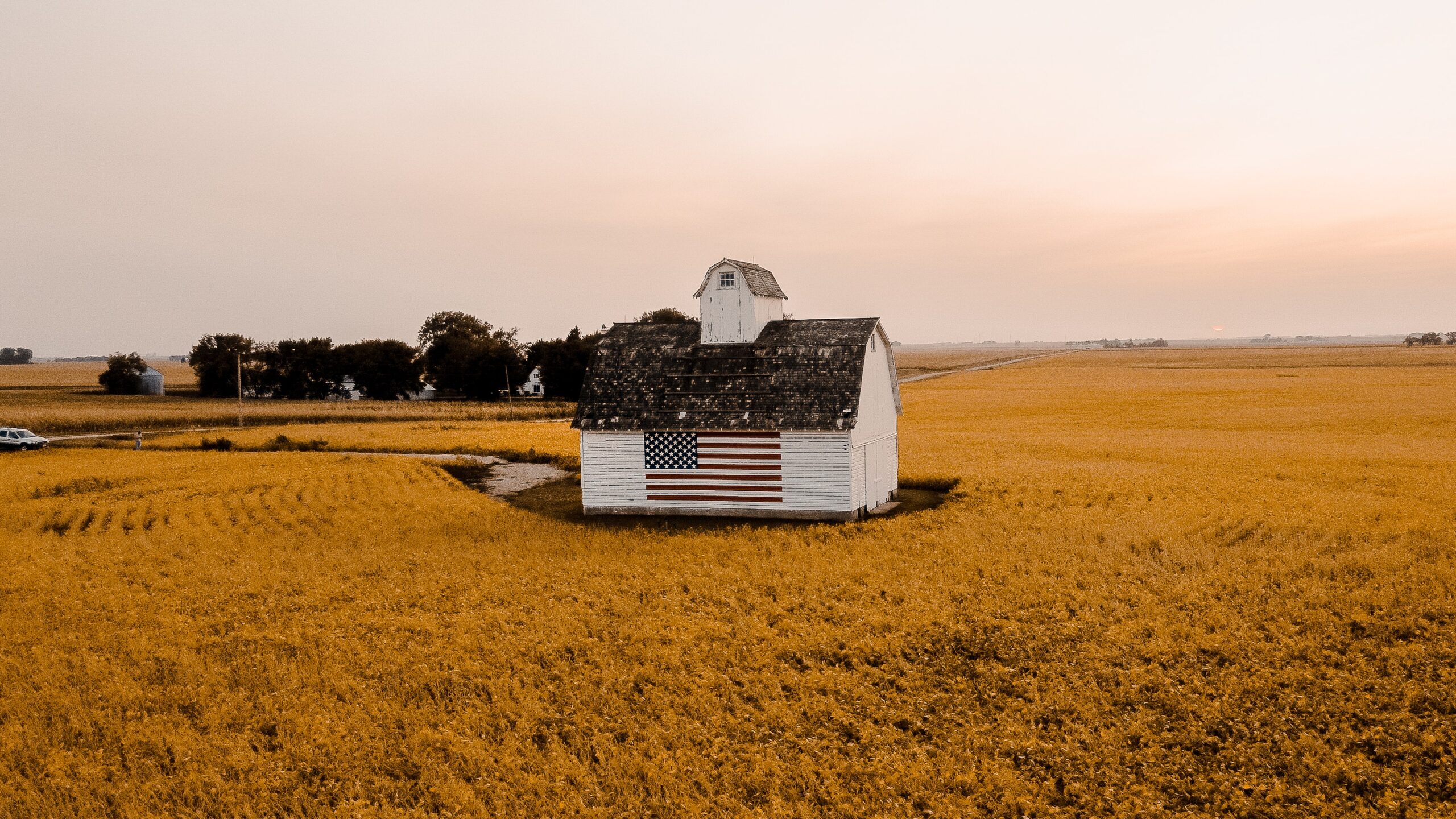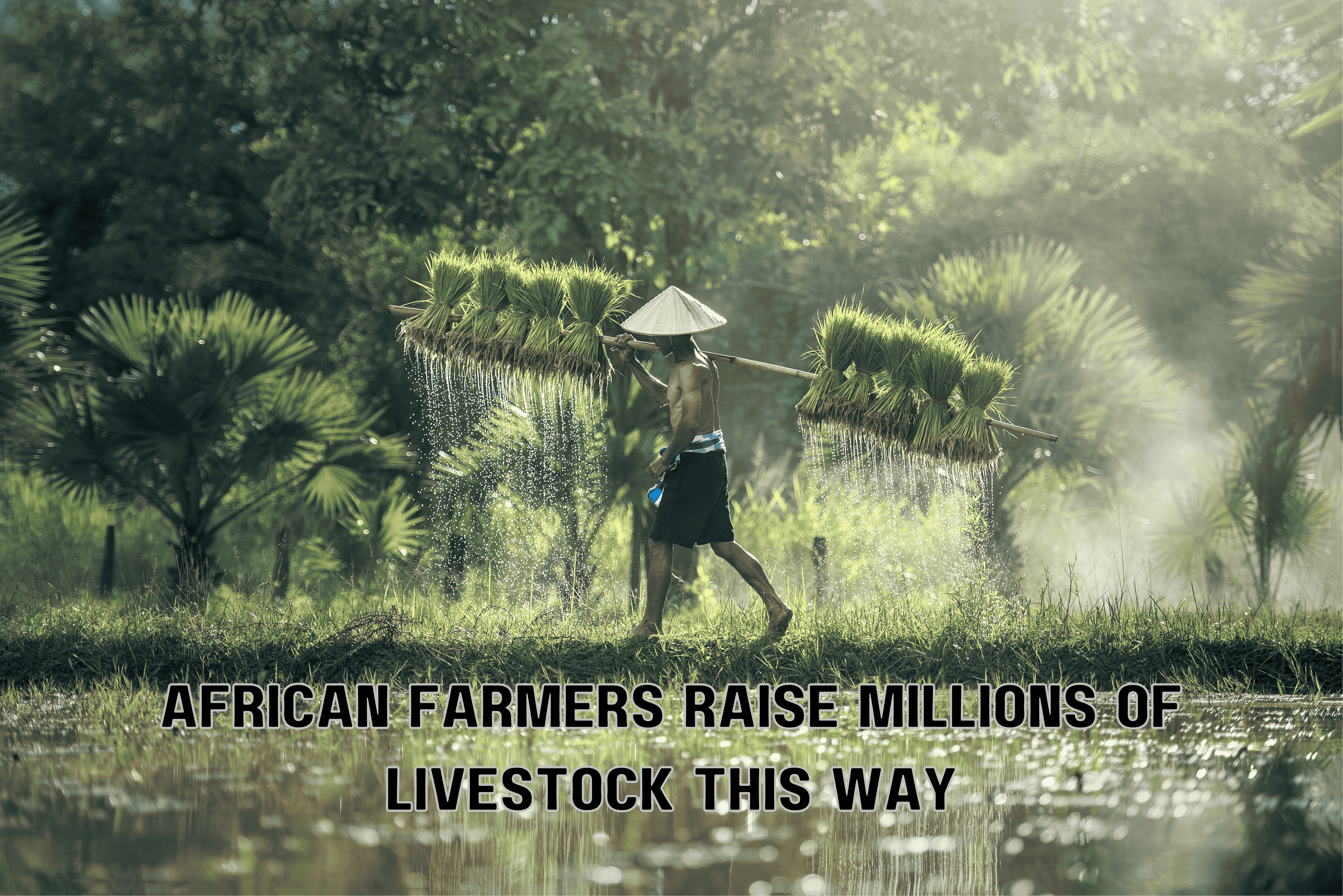Introduction:
Farming in the United States is deeply rooted in the nation’s history and identity. With vast landscapes, diverse climates, and a strong agricultural tradition, the USA has become a global powerhouse in food production. In this article, we will explore the rich tapestry of farming in the USA, highlighting its importance, major crops, farming practices, and the challenges faced by farmers.
The Backbone of American Agriculture:
Farming is the backbone of American agriculture, supporting rural economies, providing jobs, and ensuring a stable food supply. The USA boasts an expansive agricultural sector that contributes significantly to its GDP. With over 2 million farms spread across the nation, American farmers play a pivotal role in feeding both the domestic population and the world.
Major Crops and Regions:
The USA is blessed with diverse climatic conditions and fertile soils, enabling the cultivation of a wide array of crops. Some of the major crops grown in the country include corn, soybeans, wheat, cotton, rice, potatoes, and various fruits and vegetables. Different regions specialize in specific crops due to variations in climate and soil composition. For instance, the Corn Belt in the Midwest is known for its corn and soybean production, while California’s Central Valley is renowned for its fruit and vegetable production.

Farming Practices and Technological Advancements:
American farmers are known for their adoption of advanced farming practices and technology. Precision agriculture techniques, such as GPS-guided machinery and remote sensing, have revolutionized farming efficiency and productivity. Farmers utilize modern irrigation systems, crop rotation, integrated pest management, and genetically modified crops to optimize yields while minimizing environmental impact. Additionally, organic farming practices have gained popularity as consumers increasingly demand sustainably produced food.
Challenges Faced by Farmers:
Despite advancements in technology, farmers in the USA face numerous challenges. Fluctuating commodity prices, weather uncertainties, labor shortages, and rising production costs pose significant obstacles. Additionally, the impact of climate change, including extreme weather events and shifting growing seasons, requires farmers to adapt their practices continually. Access to affordable land, capital, and adequate support services also remains crucial for the sustainability and success of American farming.
Future Outlook:
The future of farming in the USA is both promising and challenging. The need to produce more food to feed a growing global population presents opportunities for innovation and expansion. Advancements in agricultural technology, such as vertical farming, hydroponics, and robotics, hold the potential to revolutionize farming practices further. Sustainable and regenerative farming methods are gaining momentum, emphasizing soil health, biodiversity, and carbon sequestration. The USA’s agricultural sector will continue to evolve, embracing these changes while preserving its rich agricultural heritage.
Government Support and Policies:
The United States government plays a crucial role in supporting and regulating the agricultural sector. The U.S. Department of Agriculture (USDA) provides various programs, grants, and subsidies to assist farmers in areas such as crop insurance, conservation practices, and research funding. Additionally, government policies and trade agreements impact the agricultural industry, influencing market dynamics, export opportunities, and farm incomes.
Family Farms and Agribusiness:
The American farming landscape consists of a mix of family-owned and operated farms, as well as large-scale agribusinesses. Family farms, often passed down through generations, contribute significantly to the agricultural heritage and local communities. However, industrialized farming practices have led to the growth of agribusinesses that operate on a larger scale, using mechanization and economies of scale to maximize efficiency.
Sustainable Agriculture and Environmental Stewardship:
Sustainable agriculture and environmental stewardship are gaining traction among American farmers. Recognizing the importance of preserving natural resources, many farmers are implementing conservation practices, such as cover cropping, crop rotation, and reduced tillage, to promote soil health and prevent erosion. The adoption of renewable energy sources, such as solar panels and wind turbines, is also becoming more prevalent on farms across the country.
Farm-to-Table Movement and Local Food Systems:
In recent years, the farm-to-table movement has gained momentum in the USA. Consumers are increasingly interested in knowing where their food comes from and supporting local farmers. As a result, farmers’ markets, community-supported agriculture (CSA), and farm-to-restaurant partnerships have become popular avenues for farmers to directly connect with consumers, promoting sustainable and locally sourced food systems.
Agricultural Education and Future Farmers:
To ensure the future of farming in the USA, agricultural education plays a vital role. Agricultural colleges, universities, and vocational programs provide aspiring farmers with the knowledge and skills necessary to succeed in the industry. Organizations such as Future Farmers of America (FFA) support young farmers and encourage their participation in agriculture, promoting leadership, innovation, and a sense of community.
Conclusion:
Farming in the USA is a dynamic and multifaceted industry that continues to evolve with the changing times. American farmers are at the forefront of feeding the nation and contributing to global food security. As the agricultural landscape faces various challenges, including climate change, technology advancements, and economic uncertainties, it is essential to support and recognize the critical role farmers play in society. By fostering sustainable practices, embracing innovation, and encouraging the next generation of farmers, the USA can continue to thrive as a leader in agriculture, nurturing the heartland of farming for generations to come.
Animal Farms in the USA: Balancing Livestock Production and Animal Welfare
Introduction:
Animal farms in the United States play a significant role in meeting the nation’s demand for meat, dairy, eggs, and other animal-based products. These farms are diverse, ranging from small family-owned operations to large-scale commercial enterprises. In this article, we will explore animal farming in the USA, focusing on common livestock, farming practices, animal welfare considerations, and the efforts made to ensure sustainable and responsible production.
Common Livestock on American Farms:
Livestock farming in the USA encompasses a variety of animals, each with its unique characteristics and production purposes. Cattle farming is widespread, with both beef and dairy operations found across the country. Poultry farms, including chickens and turkeys, are abundant, supporting the demand for poultry meat and eggs. Pig farming is also prevalent, while sheep, goats, and other specialty animals contribute to the diversity of the industry.
Farming Practices and Animal Welfare:
American farmers adhere to a range of farming practices designed to promote animal welfare while ensuring efficient production. Conventional farms employ housing systems suitable for specific species, incorporating measures to provide proper nutrition, ventilation, and disease prevention. Pasture-based systems, where animals have access to outdoor grazing, are commonly practiced in organic and sustainable farming operations. Animal welfare guidelines set by federal and state regulations help ensure that animals are treated humanely and with care.
Sustainable and Responsible Farming:
Sustainability and responsible farming practices are gaining prominence in the USA’s animal farming industry. Farmers are adopting strategies to reduce their environmental footprint, such as optimizing feed efficiency, managing manure through proper storage and utilization, and implementing conservation practices to protect soil and water resources. Many farms are embracing alternative energy sources, such as solar and wind power, to reduce reliance on non-renewable resources.
Organic and Free-Range Farming:
The organic and free-range farming movements have gained popularity in recent years. Organic farms adhere to strict regulations governing feed, medications, and land management practices. Free-range farms provide animals with access to the outdoors, allowing them to engage in natural behaviors while still receiving necessary care. These systems prioritize animal welfare and often appeal to consumers seeking ethically produced animal products.
Animal Welfare and Consumer Demand:
The welfare of animals on farms has become a significant concern for both farmers and consumers. Animal welfare certification programs, such as the American Humane Certified and Certified Humane labels, assure consumers that animals are raised under specific welfare standards. Increased transparency in farming practices, the promotion of animal-friendly environments, and the responsible use of antibiotics and hormones are crucial elements in meeting consumer expectations for ethically sourced products.
Challenges and Innovation:
Animal farming in the USA faces challenges related to environmental sustainability, disease management, and public perception. Concerns about antibiotic use, animal confinement, and the impact of livestock production on climate change have spurred innovation and research. Efforts are being made to develop alternative protein sources, improve genetics and breeding techniques, and implement precision agriculture technologies to enhance animal health, productivity, and welfare.
Conclusion:
Animal farming in the USA is a dynamic and evolving industry that strives to balance the production of animal-based products with responsible and sustainable practices. American farmers are committed to providing adequate care, nutrition, and housing to livestock while addressing societal concerns surrounding animal welfare and environmental impact. By embracing innovative technologies, incorporating sustainable farming methods, and fostering transparency, animal farms in the USA can continue to meet the nation’s demand for animal-based products while ensuring the well-being of the animals they raise.





